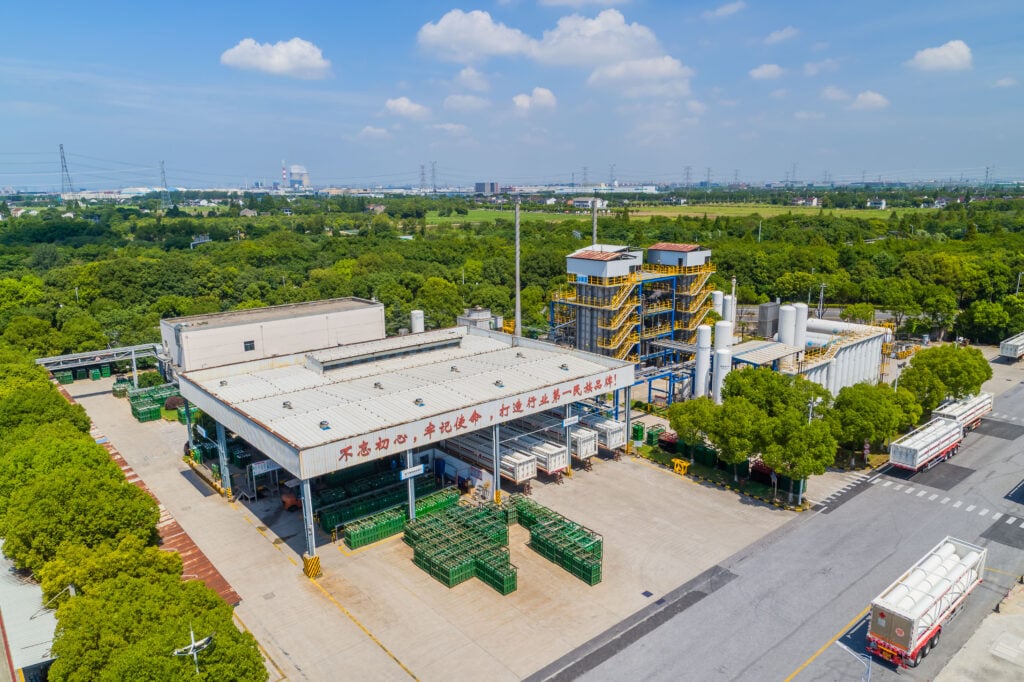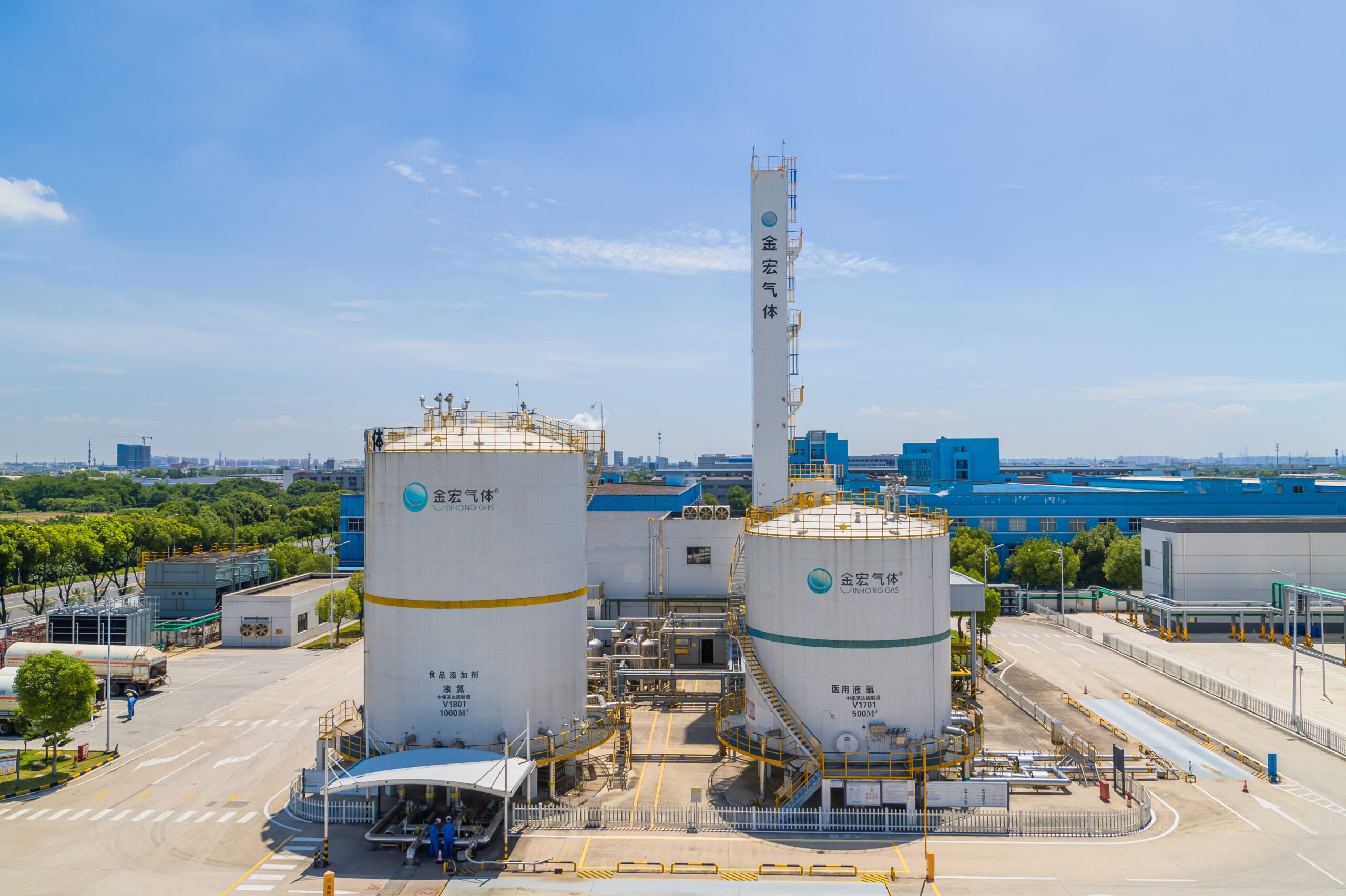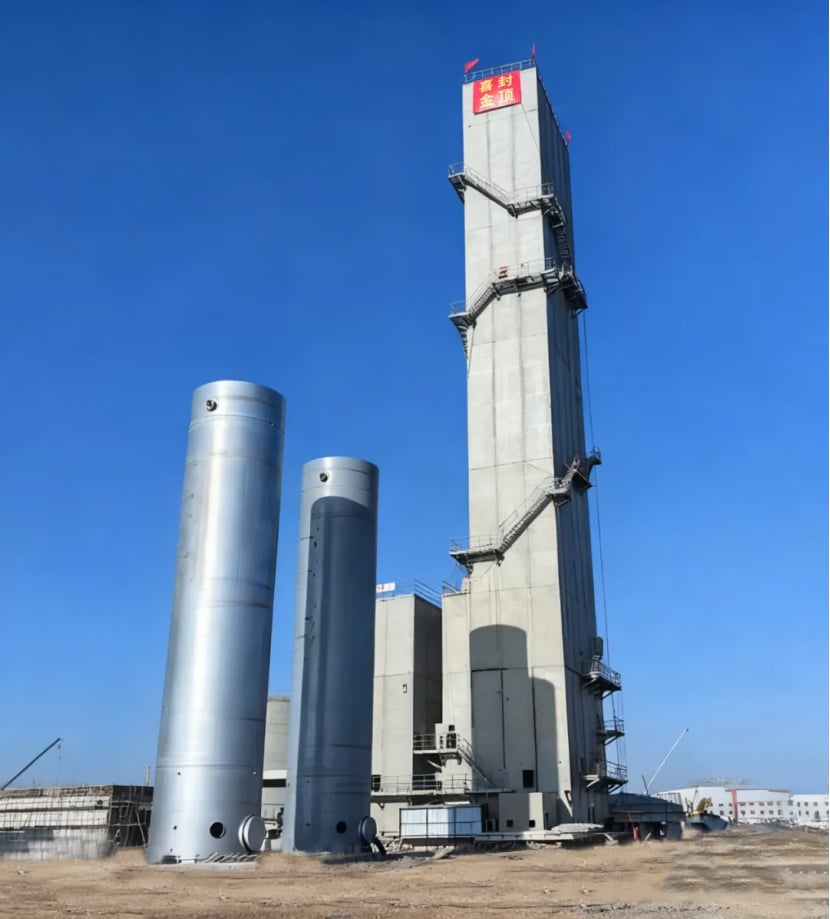1. Introduction
Hydrogen is rapidly becoming a cornerstone of the global clean energy transition. Both India and China—Asia’s two largest economies—have recognized the strategic value of hydrogen in achieving carbon neutrality and long-term energy security. As competition intensifies, investors, policymakers, and industry leaders are closely tracking the progress of hydrogen companies in both countries. This article offers a detailed comparison of India and China’s hydrogen markets, including policy frameworks, major players, technological progress, and future outlook.

2. Hydrogen Market Overview: India vs China
2.1 Market Size and Policy Support
India launched its National Green Hydrogen Mission in 2023, aiming to produce 5 million metric tonnes (MMT) of green hydrogen annually by 2030. This major initiative is backed by a $2.1 billion government investment and is intended to reduce dependence on fossil fuels while boosting renewable energy adoption. Key incentives include production-linked incentives (PLIs) for electrolyzer manufacturing and funding for pilot projects.
China, by contrast, formally incorporated hydrogen development into its 14th Five-Year Plan (2021–2025), with targets such as deploying 50,000 fuel cell vehicles by 2025 (with revised ambitions often citing 100,000) and producing around 100,000 to 200,000 tonnes of green hydrogen per year. A top-down policy approach, aggressive provincial initiatives, and heavy subsidies for refueling infrastructure and fuel cell vehicles give China a clear edge in rapidly scaling its hydrogen ecosystem.
2.2 Infrastructure and Investment Landscape
China currently leads the world in hydrogen infrastructure, with over 250 operational hydrogen refueling stations and strong domestic electrolyzer manufacturing capacity. Massive investments from state-owned enterprises (SOEs) and private-sector leaders are fueling the development of large-scale “Hydrogen Valley” clusters in regions like Hebei (Zhangjiakou) and Guangdong, where hydrogen is integrated with existing industrial zones.
India’s infrastructure remains at an early stage, consisting mainly of pilot refueling stations. However, the government is promoting public-private partnerships (PPPs) and establishing policy frameworks to accelerate development. Key industrial areas and ports such as Kandla and Paradip are being targeted for green hydrogen and ammonia projects, leveraging their proximity to renewable energy resources. Foreign direct investment (FDI) in this sector is gradually increasing, driven by India’s long-term market potential.
3. Leading Hydrogen Companies in China
3.1 State-Owned Giants
- Sinopec – China’s largest oil refiner is pivoting heavily toward hydrogen. It is building what may become the world’s largest solar-powered green hydrogen plant in Kuqa, Xinjiang, and aims to construct over 1,000 hydrogen refueling stations by 2025. The company is also testing hydrogen blending in natural gas pipelines.
- CNPC (China National Petroleum Corporation) – This major energy player is developing hydrogen refueling networks and piloting hydrogen-blended natural gas across its gas pipeline infrastructure.
3.2 Private Sector Innovators
- LONGi Green Energy – A global solar leader, LONGi is producing high-efficiency electrolyzers designed for integration with large-scale solar farms.
- SPIC Hydrogen Energy – A subsidiary of State Power Investment Corporation (SPIC), it focuses on onsite hydrogen generation using renewable sources for both industrial applications and transportation.
- Weichai Power – A top name in commercial engines, Weichai is a front-runner in fuel cell development, particularly for buses and trucks, through key joint ventures.
3.3 Technology Highlights
Chinese firms have advanced capabilities in both alkaline and PEM (Proton Exchange Membrane) electrolyzers, and many are now exporting globally. Government-backed R&D is pushing innovation in fuel cell durability, solid oxide electrolysis (SOEC), and the integration of hydrogen production with large-scale renewables and energy storage systems.
4. Leading Hydrogen Companies in India
4.1 Key Industrial Players
- Reliance Industries – The conglomerate has pledged $75 billion toward clean energy initiatives, including giga-factories for solar panels, batteries, fuel cells, and green hydrogen production. Reliance aims to be a cost leader (<$1/kg for green hydrogen).
- Indian Oil Corporation (IOCL) – India’s largest refiner is undertaking projects in green hydrogen production, hydrogen-powered mobility, and building refueling infrastructure.
- NTPC Ltd – As the country’s largest power generator, NTPC is deploying hydrogen at both thermal and renewable energy sites and is exploring gas blending and industrial use.
4.2 Emerging Tech Startups
- Ohmium International – A U.S.-backed company with strong Indian operations, Ohmium manufactures modular PEM electrolyzers aimed at industrial decarbonization.
- Hygenco – An Indian firm developing green hydrogen and ammonia production facilities, primarily for refineries and fertilizer plants.
- Adani New Industries Ltd (ANIL) – A division of the Adani Group, ANIL plans to invest up to $70 billion to become one of the world’s top green hydrogen producers, leveraging its renewables and logistics capabilities.
4.3 Innovation and Project Examples
India’s strategy centers on renewable-integrated hydrogen production, with a focus on green ammonia exports, deployment in heavy industries, and long-haul transport. Pilot projects include hydrogen buses in Delhi and Leh, refueling stations along major corridors, and green hydrogen/ammonia clusters in Gujarat, Maharashtra, Odisha, and Tamil Nadu.
5. Comparative Analysis: India vs China Hydrogen Companies
| Parameter | India | China |
|---|---|---|
| Policy Support | Strong, accelerating, focused on incentives | More comprehensive, integrated into long-term plans |
| Leading Companies | Reliance, IOCL, NTPC, Adani, Ohmium, Hygenco | JinHong,Sinopec, CNPC, LONGi, SPIC, Weichai Power |
| Technology Maturity | Early to mid-stage, learning curve | Advanced and scalable manufacturing ecosystem |
| Production Capacity (2025) | ~1 MMT green H₂ (target), toward 5 MMT by 2030 | ~2 MMT green H₂ (target), with greater overall hydrogen capacity |
| Refueling Stations | < 10 stations (2024, pilot phase) | > 250 stations (2024, largest network globally) |
| Export Strategy | Emerging, focused on EU/Middle East via green ammonia | Established, exporting electrolyzers and systems globally |
6. Challenges and Opportunities
6.1 Common Challenges
Both countries face challenges such as the high cost of green hydrogen, limited storage technologies, and a lack of integrated supply chains. Regulatory uncertainty—especially around the definition of “green” hydrogen—and shortages of skilled labor also slow deployment.
6.2 Unique Opportunities
- India: Offers low-cost solar energy, a technically skilled workforce, and a strategic location for exports. Domestic demand from heavy industries also supports market growth.
- China: Leverages large-scale manufacturing, mature infrastructure, strong state support, and a massive domestic market that enables economies of scale.
7. Outlook: Who Is Leading the Hydrogen Race?
In the short to medium term, China maintains a clear lead, with advanced infrastructure, higher hydrogen output, and stronger technological capabilities. Its dominance in electrolyzer manufacturing and fuel cell deployment further reinforces this position.
However, India is rapidly catching up, driven by ambitious national targets, major corporate investments, and cost competitiveness. By 2030 and beyond, India has the potential to become a global leader in low-cost green hydrogen and ammonia exports.
8. Conclusion
China currently leads Asia’s hydrogen race, particularly in infrastructure, technology maturity, and global exports. However, India’s green hydrogen initiative is gaining strong momentum. With strategic investments, industrial partnerships, and a supportive policy environment, India is poised to become a significant global player in green hydrogen production over the next decade. As the two countries scale their efforts, their rivalry will play a pivotal role in shaping the future of the global hydrogen economy.
9. FAQ
Q1: Who are the top hydrogen companies in China?
A: JinHong,Sinopec, CNPC, LONGi Green Energy, SPIC Hydrogen Energy, and Weichai Power.
Q2: What is India’s hydrogen policy?
A: The National Green Hydrogen Mission (2023), backed by $2.1 billion, aims to produce 5 MMT of green hydrogen annually by 2030.
Q3: Which country is leading in green hydrogen?
A: China currently leads in infrastructure and manufacturing, but India is quickly advancing as a cost-competitive exporter.
Q4: What are the key challenges for hydrogen companies in India?
A: High production costs, underdeveloped infrastructure, regulatory uncertainty, and financing hurdles.
Q5: Is China exporting hydrogen technology?
A: Yes, especially electrolyzers and integrated systems, with major markets in Europe and Southeast Asia.
10. About Us
We are Jinhong Gas, a professional supplier of industrial gases, including hydrogen, helium, carbon dioxide, and specialty gases. With years of experience in gas production, supply chain integration, and technical support, we are committed to delivering high-purity, cost-effective gas solutions for industries such as electronics, energy, manufacturing, and healthcare. Whether you’re seeking green hydrogen for decarbonization or specialty gases for high-tech applications, Jinhong Gas is your trusted partner in the evolving clean energy economy.



